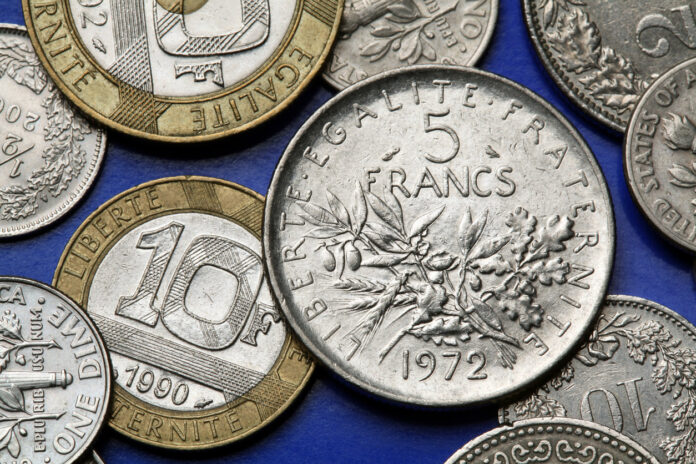The French franc has survived times and crises: from the Ancien Régime to the Second World War via the Revolution. However, in 1992, its fate was sealed by the ratification of the Maastricht Treaty providing for a common currency throughout Europe. In January 1999, the franc disappeared and gave way to the euro. While some French people rush to exchange their currency, others, more nostalgic or simply dazed, keep a few coins and notes in their wallets. Moreover, the Banque de France estimates that nearly 3.9 billion francs would not have returned to its coffers, i.e. 600 million euros. The years pass and some coins become rare and increase in value like the 1 franc coin. Some are very popular with collectors and sell for several hundred euros. What if you had, without knowing it, a nugget in your drawers?
To begin with, it is important to have them appraised, depending on their condition or date, they will not have the same value and the price differences can be significant. You can therefore go to a professional numismatist or even an expertise firm. The purchase price will depend on the current price, but will also be studied: the reliefs, the legibility of the legends, the absence of shocks or scratches, the velvet of typing…
The pieces are classified from category AB (fairly good) which corresponds to scratches visible to the eye to category FDC (Fleur de coin) or BE (Belle proof) which correspond to an almost new piece, without defect.
Indeed, price differences exist depending on these categories, but also on the rarity of each model of parts. If you want to resell them to a professional like jewelers, it is best to consult several and sell them to the highest bidder. It is also possible to offer them for sale on an auction website.
On the other hand, since February 18, 2012, it will be impossible to exchange your 1 franc coins into euros at the Banque de France, these coins now only have a collector’s value.
Discover in our slideshow a selection of 1 franc coins that could save you money.















